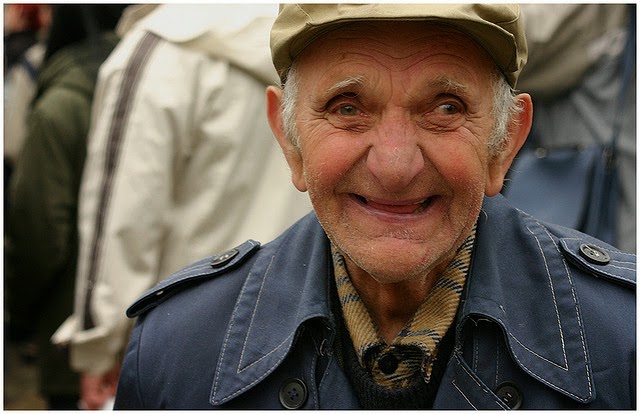 |
| Movie Still from It's a Wonderful Life by S_Herman. |
If you want an exhaustive list with a very loose definition of "Christmas," go here.
My favorites are the made-for-television, stop-animation movies done by Rankin-Bass in the 1960s & 70s as well as black & white films released in theaters in the 1940s.
My kids convinced me to add a few of there favorites from more recent years, and I do like Love Actually (2003), A Muppet Christmas Carol (1992) and A Christmas Story (1983) Otherwise, I'm holding the line.
So let's take a trip down memory lane and look at a list of Christmas movies. These are the ones our family enjoys the most--listed from most recent to most classic.

















































